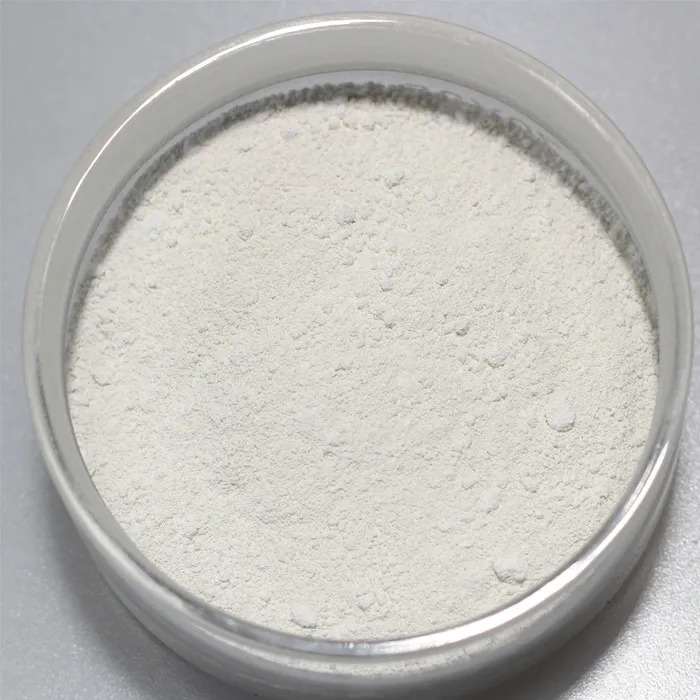Hydrolyzed Polyacrylamide Properties, Applications, and Environmental Impact
Hydrolyzed polyacrylamide (HPAM) is a water-soluble polymer derived from polyacrylamide through a hydrolysis process that introduces carboxylate groups into the polymer chain. This transformation imparts unique properties to HPAM, making it an important substance in various industrial applications, particularly in the fields of oil recovery, water treatment, and agriculture.
Properties of Hydrolyzed Polyacrylamide
One of the most remarkable characteristics of HPAM is its high molecular weight, which can be adjusted during production to meet specific needs. This high molecular weight contributes to its viscosity-enhancing capabilities, enabling HPAM to improve the flow properties of water and other fluids. The degree of hydrolysis—the proportion of acrylamide units that are converted into carboxyl groups—can also be modified, impacting the polymer’s solubility and overall performance. Generally, a higher degree of hydrolysis results in improved solubility in water and better dispersion.
HPAM is non-toxic and biodegradable, making it a favorable choice in applications that require environmental considerations. Its amphoteric nature, due to the presence of both positive and negative charges in the molecule, allows HPAM to interact with a variety of substances, enhancing its functionality in various applications.
Applications of Hydrolyzed Polyacrylamide
1. Enhanced Oil Recovery (EOR) One of the foremost applications of HPAM is in the oil industry, specifically in enhanced oil recovery techniques. HPAM is injected into oil reservoirs to increase viscosity and improve the mobility of crude oil, making it easier to extract. By altering the rheological properties of water, HPAM helps in displacing oil towards production wells, thus maximizing recovery rates.
hydrolyzed polyacrylamide

2. Water Treatment HPAM plays a significant role in water treatment processes. It is used as a flocculant to promote the aggregation of suspended particles, thereby facilitating their removal from water. The polymer’s ability to enhance sedimentation is particularly useful in municipal water treatment plants and wastewater management systems.
3. Agricultural Uses In agriculture, HPAM is utilized as a soil conditioner and moisture retention agent. The polymer can improve soil structure, reduce erosion, and enhance water retention capability. This is especially beneficial in arid regions where water conservation is critical for sustainable farming practices.
4. Mining and Mineral Processing HPAM is employed in the mining industry for the purpose of mineral extraction and processing. It helps to improve the viscosity of slurries, enhancing the efficiency of separation processes.
Environmental Impact and Alternatives
While HPAM is generally considered to have a low environmental impact, concerns about the accumulation of synthetic polymers in the environment are increasing. The potential for long-term persistence in ecosystems necessitates responsible use and disposal practices. As a result, researchers are exploring alternative natural polymers, such as starches and cellulose derivatives, that could provide similar benefits with reduced ecological footprints.
Conclusion
Hydrolyzed polyacrylamide represents a versatile tool with a broad range of applications across various industries. Its unique properties, including high viscosity and solubility, make it invaluable in enhanced oil recovery, water treatment, agriculture, and more. However, as the emphasis on environmental sustainability grows, it is essential for industry professionals to remain aware of the ecological implications of synthetic polymers and to consider alternatives when possible. As innovation continues, the development of eco-friendly alternatives alongside responsible management of existing products will shape the future landscape of polymer applications in industry.

